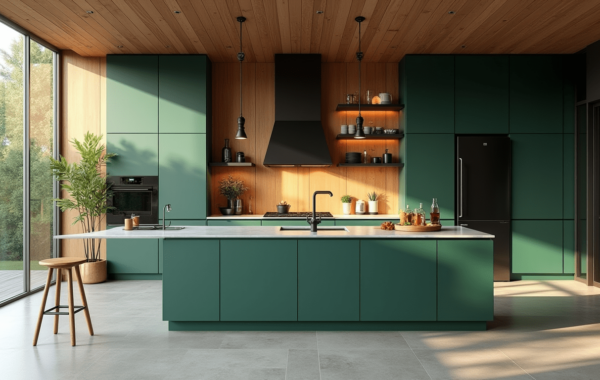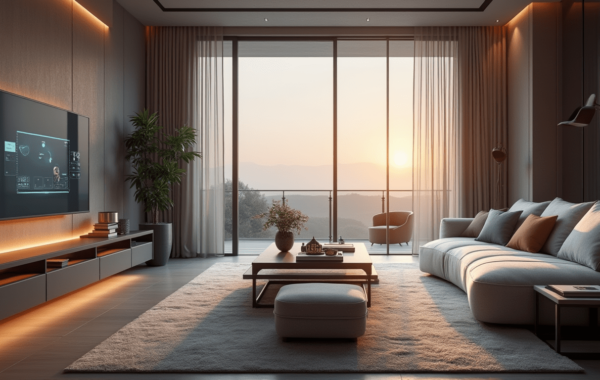Color transcends mere decoration in interior design—it’s a powerful tool that shapes our emotions, influences our behavior, and transforms the very essence of our living spaces. Understanding color psychology allows us to create environments that not only look beautiful but also support our emotional well-being and daily activities.
Understanding Color Psychology
Color psychology in interior design focuses on how different hues affect our mood, behavior, and overall well-being. Each color has unique psychological properties that can stimulate specific emotional responses and create distinct atmospheres within a space.
The Impact of Different Colors
Warm Colors
Warm colors like reds, oranges, and yellows bring energy and vibrancy to spaces. Red stimulates conversation and appetite, making it ideal for dining areas. Yellow conjures feelings of cheerfulness and sunshine, perfect for kitchens where it can chase away morning grogginess.
Cool Colors
Blues, greens, and purples serve as sanctuaries of peace within a home. These colors are particularly effective in spaces dedicated to relaxation or focused work. Blue promotes tranquility and can even lower blood pressure, while green connects us to nature and reduces stress.
Neutral Colors
White symbolizes peace and purity, creating an open and airy feeling in spaces. Beige and gray provide versatility and can help balance more vibrant color schemes, fostering concentration and serenity.
Room-by-Room Color Guide
Living Room
Choose colors that promote social interaction and comfort. Consider using warm neutrals as a base with pops of energizing colors through accessories. Avoid overwhelming the space with too many bright colors, which can create restlessness.
Bedroom
Opt for calming colors that promote rest and relaxation. Soft blues, gentle greens, or muted purples can create a peaceful sanctuary. Avoid stimulating reds or bright yellows that might interfere with sleep.
Kitchen
Incorporate colors that stimulate appetite and energy. Yellow and orange can brighten the space and promote socialization, while touches of blue can help balance the warmth.
Tips for Creating Harmonious Color Schemes
Follow these guidelines to create balanced and cohesive spaces:
The 60-30-10 Rule
Use 60% of a dominant color for walls and large pieces, 30% of a secondary color for furniture and textiles, and 10% for accent pieces and accessories.
Light and Space
Consider natural light when selecting colors. Rooms with limited natural light benefit from lighter shades, while well-lit spaces can handle deeper tones. Light colors expand spaces, while darker hues create intimacy.
Personal Style Integration
While color psychology provides valuable guidelines, your personal preferences should play a crucial role in color selection. Look to your wardrobe and favorite accessories for color inspiration, as these often reflect your natural color preferences and can help create a space that feels authentically you.
Creating Mood Through Color Combinations
Consider these proven combinations for different atmospheres:
Calm and Serene
Pair soft blues with gentle greens and neutral tones to create a peaceful environment perfect for relaxation areas.
Energetic and Creative
Combine yellow with navy blue or mix orange with white to create spaces that inspire creativity and productivity.
Sophisticated and Elegant
Layer different shades of the same color, such as varying tones of gray or blue, to create depth and refinement.
Final Thoughts
Remember that color is deeply personal and cultural influences can affect how we perceive different hues. While color psychology provides valuable insights, the most successful interior designs balance these principles with individual preferences and practical considerations. Start with colors that resonate with you personally, then adjust their application based on the psychological effects you want to achieve in each space.






